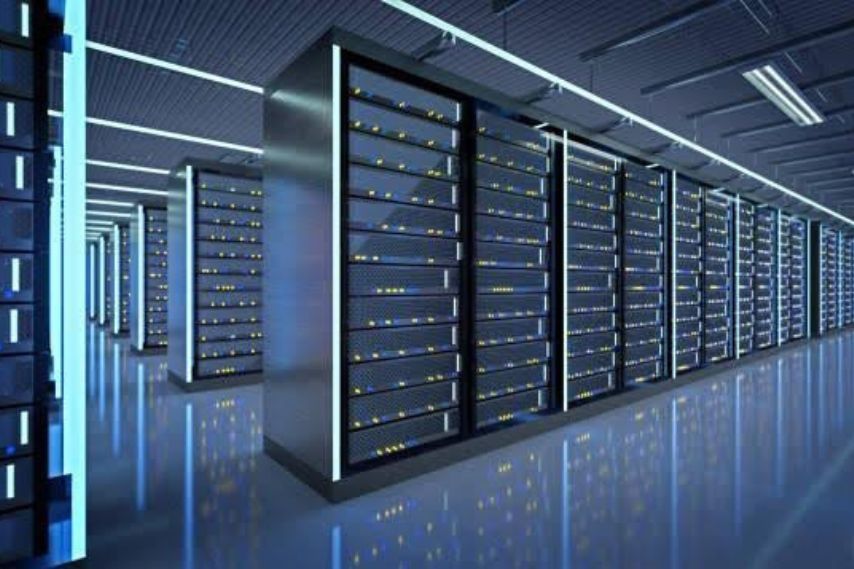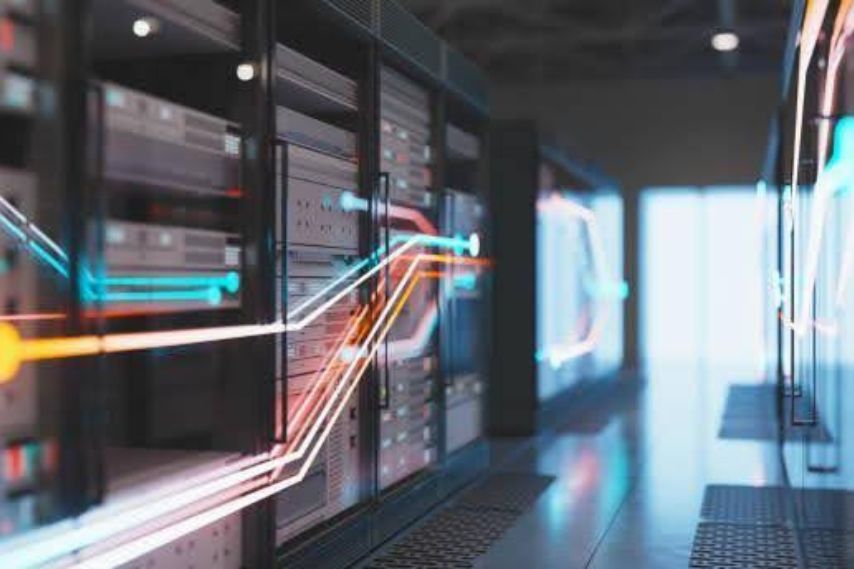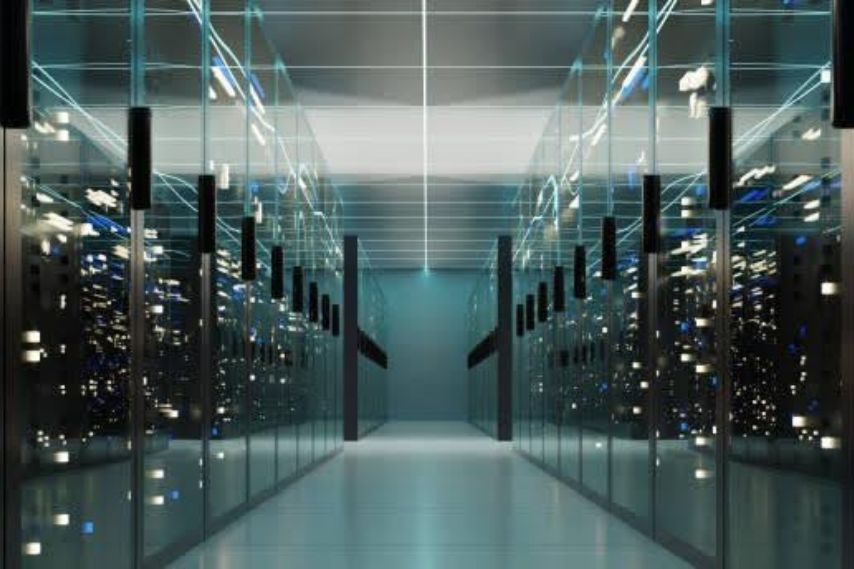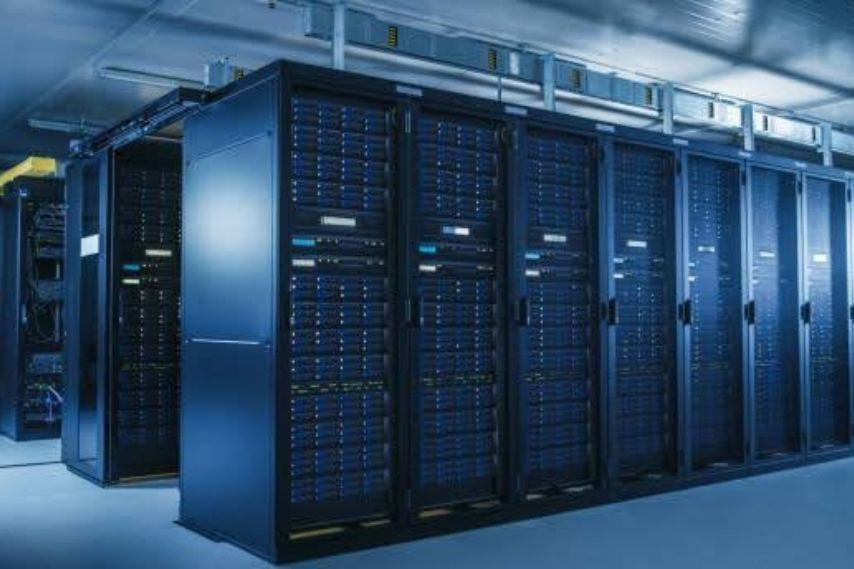Data Center Switches 101: Everything You Need To Know

Explore the vital role of network switches in modern data centers
In today's digital world, data centers are the backbone of many businesses, powering everything from websites and cloud services to critical business applications and data storage.
As data volumes grow exponentially, network switches are increasingly important in ensuring reliable, high-speed connectivity and optimal performance. Moreover, network switches connect and direct traffic within data centers and support your business with full rack connectivity at any speed while maintaining power efficiency.
This article provides an overview of data center switches and explains everything you need to know to choose the best solutions for your needs.
1. Types of Data Center Switches
The several main types of switches used in data centers connect servers, storage, and other infrastructure devices.
There are two prevalent ones: top-of-rack (TOR) switches, and aggregation or end-of-row (EOR) switches.
TOR switches have a direct in-rack connection with a server. EOR switches at the bottom of the server rack collect traffic from multiple TOR switches. Core switches operate at the highest level and interconnect all the data center networks while routing the traffic through the aggregation switches.
Understanding the different data center switches and their function within the network architectures is critical for selecting the solutions that fit your needs exactly.
2. Uses and Applications of Data Center Switches
Data center switches have many uses that directly support business functions and applications. They enable server and storage connectivity within racks, allowing applications and services to access computing resources and data.
Switches also allow servers to connect to network storage for large data volumes. Data center switches power critical infrastructure like virtualization and cloud platforms by connecting virtual machines and containers.
They are essential for high-performance computing clusters and big data analytics. Other applications include database connectivity, file sharing, backup and disaster recovery systems, and more.
By providing fast, reliable connectivity for these diverse uses, switches are a fundamental building block for digital transformation and powering today's data-driven businesses.


3. Switch Ports, Speeds and Standards
When selecting data center switches, it's essential to understand their port configurations and speeds to ensure you have adequate connectivity capacity for current and future needs. Most TOR switches have 48 or fewer 1/10/25/40/100GbE ports to connect servers within a single rack.
EOR switches commonly have 48-96 ports ranging from 1-100GbE to aggregate multiple racks.
Core switches may have 96-384 ports supporting speeds from 10GbE up to 400GbE or more. Standards like Ethernet, Fiber Channel, and InfiniBand are essential depending on your infrastructure.
Choosing switches with the correct port counts, speeds, and standards will maximize your network performance while future-proofing for bandwidth growth.
4. Switch Features for Performance, Scalability and Management
Beyond basic connectivity, data center switches provide advanced features to optimize performance, scalability, and manageability. Look for switches supporting load balancing, QoS, and network virtualization.
These features help maximize available bandwidth and ensure critical applications receive priority. Switches should also support modular expansion to scale your network capacity over time. For management, consider switches with robust monitoring and analytics, automation tools, and open APIs to simplify operations.
Remote management capabilities also streamline the maintenance of distributed infrastructure. Comprehensive features empower you to run even the most demanding data center workloads efficiently.


5. Data Center Switch Form Factors
Switches are available in different physical form factors to accommodate various data center rack sizes and densities. The most common types are fixed-configuration 1U and 2U switches that mount directly into standard server racks.
Modular chassis switches that support hot-swappable line cards provide high port density in a compact 4U, 6U, or larger enclosure. There are also top-of-rack switches designed for compact 1/2 rack unit footprints.
Blade switches plug into blade server chassis for ultra-dense environments. Choosing the correct form factor based on your rack size and port density needs ensures efficient use of data center space.
6. Power Efficiency and Thermal Management
With power and cooling accounting for many data center operating costs, switches must deliver power efficiency and thermal management capabilities. Look for switches rated at lower maximum power consumption per gigabit to reduce energy bills.
Advanced power supplies support high-efficiency modes to minimize waste. Thermal design and airflow management prevent overheating, which could impact reliability or require additional cooling. Some switches feature temperature sensors and fan speed controls. These power-saving and thermal management features help lower your total cost of ownership over the long run.


7. Network Resiliency and High Availability
Given the networks' critical role, data center switches must provide resiliency to minimize downtime from failures or planned maintenance. Key capabilities include redundant power supplies, fan modules, and controllers for continuous uptime.
Virtual Switching Redundancy Protocols (VRRP) and redundant uplinks ensure traffic automatically fails over if a switch or link goes down. Storage and rollback of configurations enable quick recovery from errors.
Some switches even support hot-swappable components for zero-downtime upgrades. These high-availability features protect your business productivity and digital services from unplanned outages.


Final Thoughts
Data center switches are a foundational piece of infrastructure that power businesses large and small. Understanding the different types of switches, their roles, features, and how they support various applications and use cases is critical to choosing solutions tailored to your needs.
Whether optimizing performance, scalability, manageability, efficiency, or security - data center switches are vital in supporting your critical workloads and digital transformation goals.
By educating yourself on everything covered here, you can feel confident selecting switches that reliably and cost-effectively connect your servers, storage, and infrastructure to fuel your business success.




